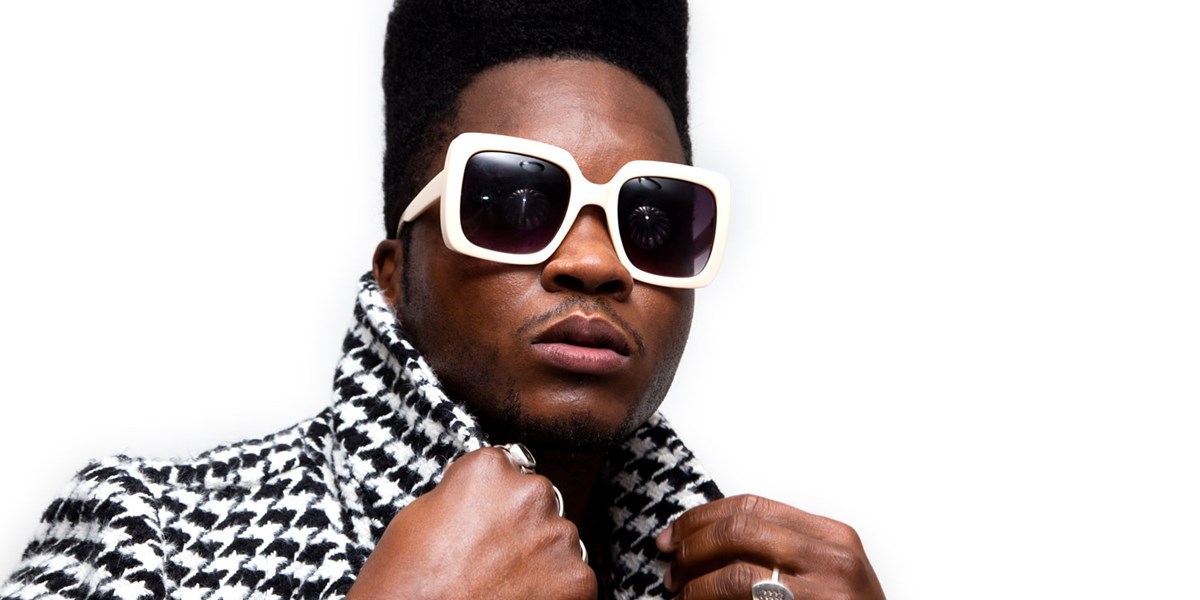Tuesday, September 13, 2022
Cimafunk interview: “You must never forget where you come from”
Jane Cornwell catches up with Cimafunk, the Cuban sensation taking the world by storm

Cimafunk (photo: Raul González)

Register now to continue reading

Thanks for visiting the Songlines website, your guide to an extraordinary world of music and culture. Sign up for a free account now to enjoy:
- Free access to 2 subscriber-only articles and album reviews every month
- Unlimited access to our news and awards pages
- Our regular email newsletters

